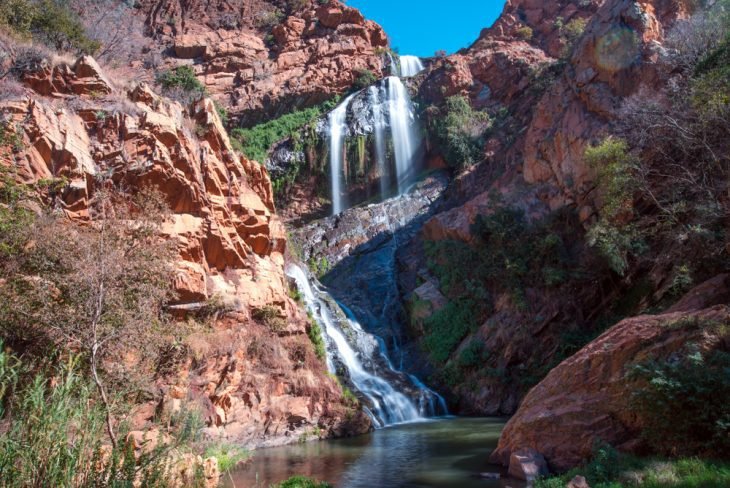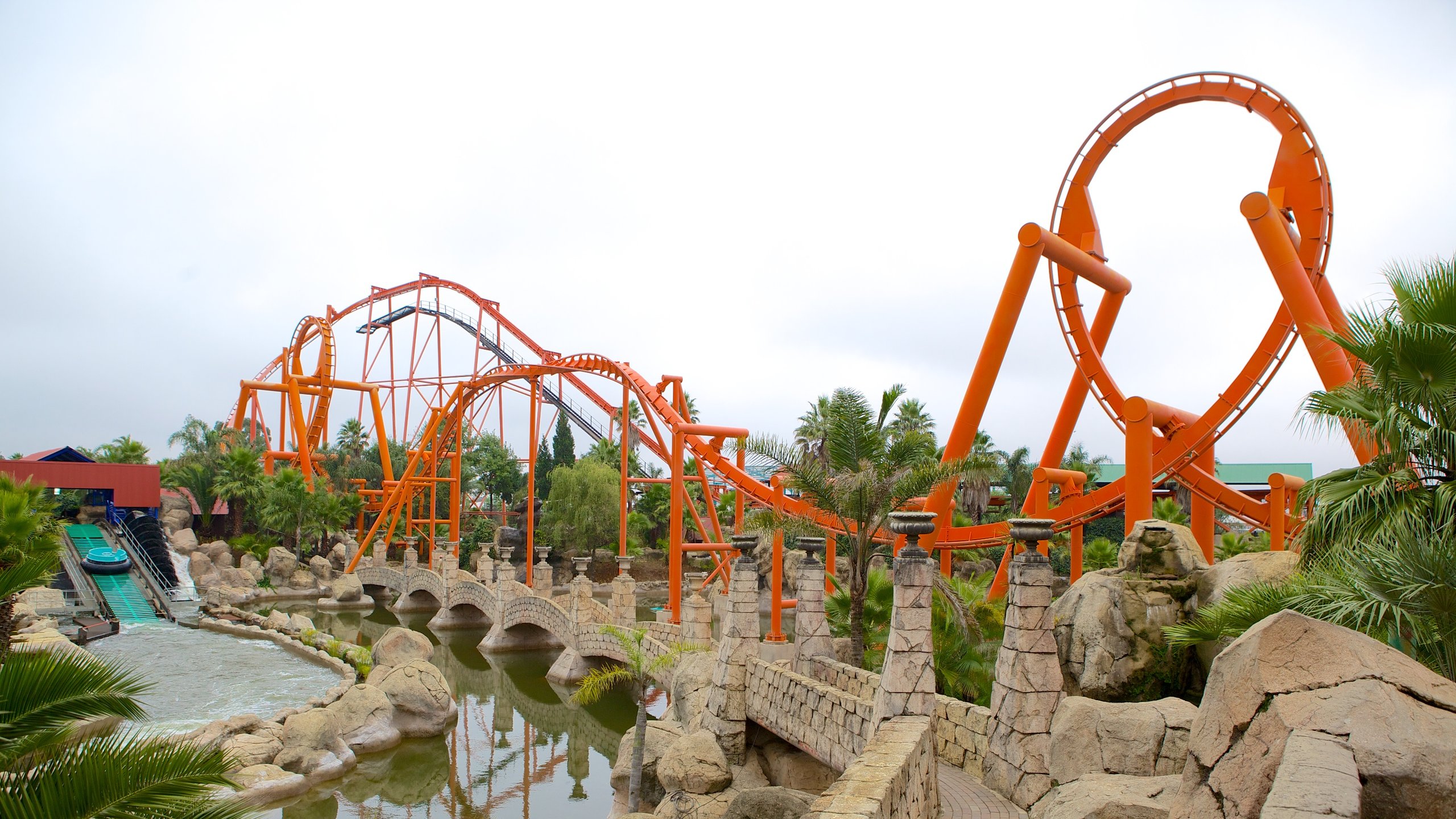A Biased View of Johannesburg North Attractions
A Biased View of Johannesburg North Attractions
Blog Article
About Johannesburg North Attractions
Table of ContentsThe Buzz on Johannesburg North AttractionsAll About Johannesburg North AttractionsFascination About Johannesburg North AttractionsThings about Johannesburg North AttractionsJohannesburg North Attractions Things To Know Before You Get ThisJohannesburg North Attractions - The FactsNot known Facts About Johannesburg North Attractions
Nonetheless you should maintain safety and security in mind and tourists must remain sharp in any way times when in unfamiliar environments. Speak to the residents when you are in town to discover the location you are remaining in. Johannesburg North attractions. When on the road (this doesn't relate to mall and various other secure atmospheres) best general suggestions is to try your best to resemble a neighborhood and to prevent showing any kind of form of riches
6 Easy Facts About Johannesburg North Attractions Explained
Teacher Revil Mason O. J. (Thomson, 1946) discovered the Witwatersrand's pre-colonial background. His archaeological job exploded the 'em pty land' myth, according to which the region was lacking human habitation prior to the arrival of European settlers. In his publications Prehistory of the Transvaal: A Record of Human Activity (1962) and Beginnings of Black People of Johannesburg and the Southern Western Central Transvaal AD 3501880 (1986 ), Professor Mason showed the extent of social and economic advancement in the area before Europeans set foot below.

Little Known Questions About Johannesburg North Attractions.
He acted with the federal government's authorization, approved after he had actually sworn to keep his explorations key. In 1874, small-scale mining operations were started in the Magaliesberg, where an Australian, Henry Lewis, had actually uncovered gold deposits. In 1878, David Wardrop found gold in quartz capillaries at Zwartkop, north of Krugersdorp. In 1881, Stephanus Minnaar stumbled upon gold on the ranch Kromdraai, near the Cradle of Humankind.
In March 1886, a protrusion (quickly to be called the Key Coral reef) was located, quite fortuitously, on Gerhardus Oosthuizen's farm Langlaagte. Some state that the Lancastrian coal miner George Pedestrian uncovered this reef. Another itinerant English miner, George Harrison (who had formerly operated in Australian mines) obtained a prospecting licence in regard of Langlaagte in Might 1886.
He chose to carry on in a mission for greener fields, and disposed of his Langlaagte case for the handsome sum of 10. Alas: below lay the wealthiest goldfield ever found. The discovery of this rich auriferous coral reef prompted a gold thrill that signified completion of bucolic tranquillity in the southern Transvaal.
It would, within six years, become the biggest town in southern Africa. Within useful content a decade, it would certainly make the Z. A. R. up until after that an anarchical and bankrupt little state the most affluent country in Africa. By the turn of the century, the Z. A. R. was to surpass Russia, Australia and the USA of America to end up being the world's leading gold producer, creating even more than a quarter of the world's gold.
Facts About Johannesburg North Attractions Revealed
It was referred to as Ferreira's Camp, named after Colonel Ignatius Ferreira. He was a Boer traveler upon whom the British authorities had presented the standing of Friend of one of the most Distinguished Order of St Michael and St George (qualifying him to the post-nominal letters C. M. G.) in appreciation for his duty in the battle that had actually deposed the Pedi king Sekhukhune in 1879.
Soon the camp was including camping tents and wagons as newcomers got here daily from far and wide. By September 1886, some 400 individuals lived in Ferreira's Camp, which quickly flaunted erected iron and wood structures. Two various other camps were developed: Meyer's Camp on the farm Doornfontein, and Paarl Camp. The latter was nicknamed Afrikander Camp; many people from the Cape Swarm worked out there.

Get This Report about Johannesburg North Attractions
This name obtained currency by word of mouth, such that the State Secretary attested the name to the Mining Commissioner on 9 October 1886. Stands in the village were auctioned on 8 December 1886. While some stands were sold for 10, others were torn down for as low as sixpence.
2 years later on, these erven were to change hands for as long as 750 each. The tented camps dwindled as a dorp of corrugated iron structures developed and increased north of the mines located along the Key Reef Roadway. Areas such as Jeppe's Community (where working-class immigrants erected their homes) and Doornfontein (where the upscale new 'Randlords' began to create their opulent houses) were soon added to the ever-expanding map of the community.
All About Johannesburg North Attractions
In addition to the road names, there were no signs of Johannesburg being located in a Dutch-speaking country. Years later on, C. W. Kearns O. J. (among the very first children enrolled at St John's College in 1898) would certainly remember: 'A strange fact about Johannesburg was that, although it remained in the [Boer Republic], nearly every person spoke English and even the Federal government servants dealt with one in English, unless they were very first resolved in the Taal (or Reduced Dutch)'.
Britain had an interest in ensuring optimal conditions for gold manufacturing on the Witwatersrand, and that the gold was exported to London rather than Berlin an essential provided this page all the a lot more clamant by the Z. A. R.'s boosting toenadering with Germany. Mine proprietors were on a clash with President Kruger, whose policy of monopolistic giving ins (frequently approved to his cronies) avoided mining companies from acquiring products of materials (especially dynamite) and work by themselves, less costly terms
The Single Strategy To Use For Johannesburg North Attractions
In 1890, the Volksraad had restricted the franchise to white males who had lived in the Z. A. R. for fourteen years or longer, hence disqualifying the majority of the immigrants (who occurred to be the significant factors to the fiscus). However, anxiety for the ballot was a simple pretext for advertising a various program; the majority of uitlanders regarded themselves as temporary visitors and had no intent of continuing to be in the Z.
Report this page